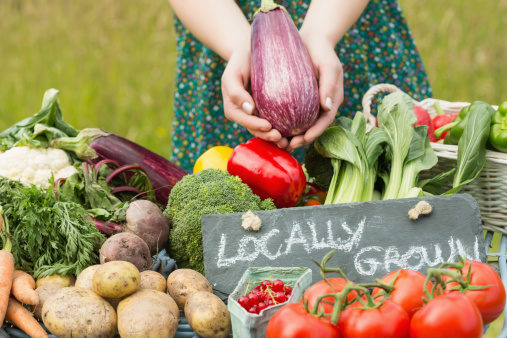A.T. Kearny released a study on October 26 detailing the growth of local food trends titled, “Firmly Rooted, the Local Food Market Expands.” The study surveyed 1,500 shoppers who indicated being the primary shopper or sharing in shopping responsibilities. The results of the survey found that the consumer definition of “local” is narrower than the accepted definition.
The U.S Department of Agriculture defines “local” as something grown or produced within 400 miles of the point of sale, while 96% of respondents defined it as within 100 miles. 65% defined “local” as grown within the states, which is in line with how some retailers such as Whole Foods and Wal-Mart define the term.
According to the study, the demand for local products has also expanded beyond produce, meat and seafood, to prepared foods (23%, up from 10% in 2014) as well as jarred and canned foods (13%, up from 5% in 2014). Results showed that consumers generally have positive associations with local foods, with 93% saying they associate local with freshness, and 86% of respondents considering freshness to be an important attribute when purchasing fruits and vegetables. It was also found that consumers are willing to pay more for local products (78%, up from 70% in 2014), 22% of which are willing to pay as much as 10% more.
Access to local products is becoming less of an issue, with only 27% of respondents (down from 47% in 2014) claiming availability to be the reason they do not buy local. Instead, the study has found that local products are not being clearly advertised, with 51% of respondents regarding that as the reason they do not purchase local products.
Despite all its positive implications, actually narrowing the definition of “local” could have negative implications on the supply chain. The study says that tightening the radius for local products would mean that, “A particular division will have more local regions, making it harder to consolidate volume with fewer suppliers,” and that, “Increased supply base fragmentation increases both transportation costs…and product costs, the result of smaller purchase volumes and limited negotiation leverage.”
Published in WholeFoods Magazine, December 2015 (online 10/27/15)










